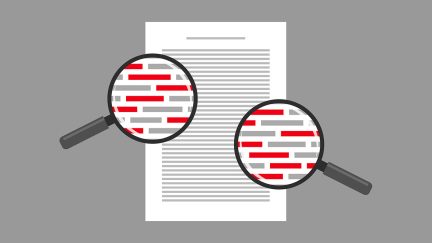For more stories like this, sign up for the PLANADVISERdash daily newsletter.
Petition Asks IRS to Avoid EIN Deactivating
In a comment letter to the Internal Revenue Service (IRS) and Office of Management and Budget (OMB), ASPPA recommended that the IRS create procedures to collect information on the active legal status of a trust associated with a retirement plan to avoid an unintentional deactivation of the trust’s Employer Identification Number (EIN).
Currently, a trust associated with a qualified retirement plan will apply for an EIN as the legal entity owning the plan’s investments. However, a retirement plan trust can go many years without having to utilize its assigned EIN on a tax form. During this time of inactivity, the EIN is often canceled by the IRS and reassigned to another taxpayer.
This issue is typically brought to a plan sponsor’s attention when attempting to remit or report federal income taxes withheld on plan distributions. Participants who receive a Form 1099-R from a trust with a deactivated EIN are unable to file their returns electronically.
The IRS has previously responded to this issue by providing a procedure to reactivate the EIN and noted that after December 31, 2009, trust EINs would no longer be deactivated. However, ASPPA reports that there are still instances of trust EINs being deactivated.
ASPPA recommends the following:
- The application for an EIN (Form SS-4) should be amended to include the plan name and EIN of the plan sponsor when requesting an EIN for a qualified retirement plan trust. This would indicate to the IRS that the trust EIN is for an active trust, even though it has not been recently used on an IRS form;
- Form 5500 should be amended to collect the name, EIN and the status of any trust holding plan assets. This information could also verify that the trust assigned the EIN remains active; and
- A postcard or similar collection method could confirm the active status of a retirement plan trust and its assigned EIN. A checkbox could be used to indicate the trust should still be considered active.
The letter is here.
You Might Also Like:

Required Amendments for Qualified Plans, 403(b)s Issued by IRS

IRS, Treasury Explain How to Open ‘Trump Accounts’
